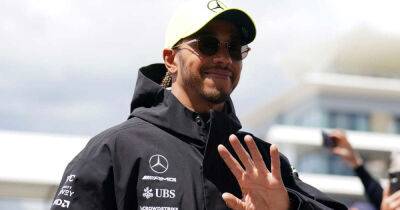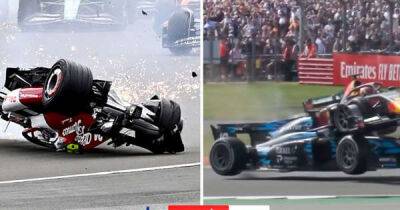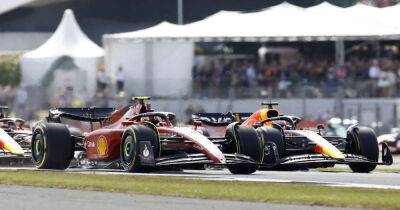Porpoising: An expert’s take on an issue which is a pain for Formula One drivers
Formula One’s ruling body, the FIA, has vowed to eliminate or reduce porpoising – the phenomenon when cars bounce up and down on their suspension at high speed – on the advice of its doctors.
Ahead of this weekend’s British Grand Prix, the PA news agency spoke to Gemma Fisher – the first Human Performance Consultant Osteopath within F1 – to hear the impact porpoising is having on the grid’s 20 drivers.
Here are her thoughts.
“I should start by saying that teams are not doing this intentionally. It is by no means ideal from an aerodynamic perspective, never mind a driver performance perspective. But certainly it is a problem that needs addressing.
“Lewis Hamilton’s back problems in Baku shows that this cannot continue, and look how early on in the season drivers have reported symptoms.
“Because of patient-doctor confidentially, we don’t broadcast everything that drivers talk to us about. But there are more than just the vocal ones in the pit-lane who are experience pain. Some drivers might not want to let fellow competitors know they are struggling.
“Porpoising is a very specific phenomenon and the huge loads which are going through the driver is exacerbating that even further.
“As humans, we are meant to be upright, moving and mobile. But we are putting drivers into a restrictive, fixed position and then moving them at significant speed. A human’s internal organs are not supposed to be moving at 200mph, and then suddenly stop under braking.
“Load is applied to the front of the disc which sends pressure towards the back of the disc. Over time, a driver can stress those fibres within the discs. They become stretched and damaged, and when force is applied the nucleus from the centre of the disc is pushed to the damaged






